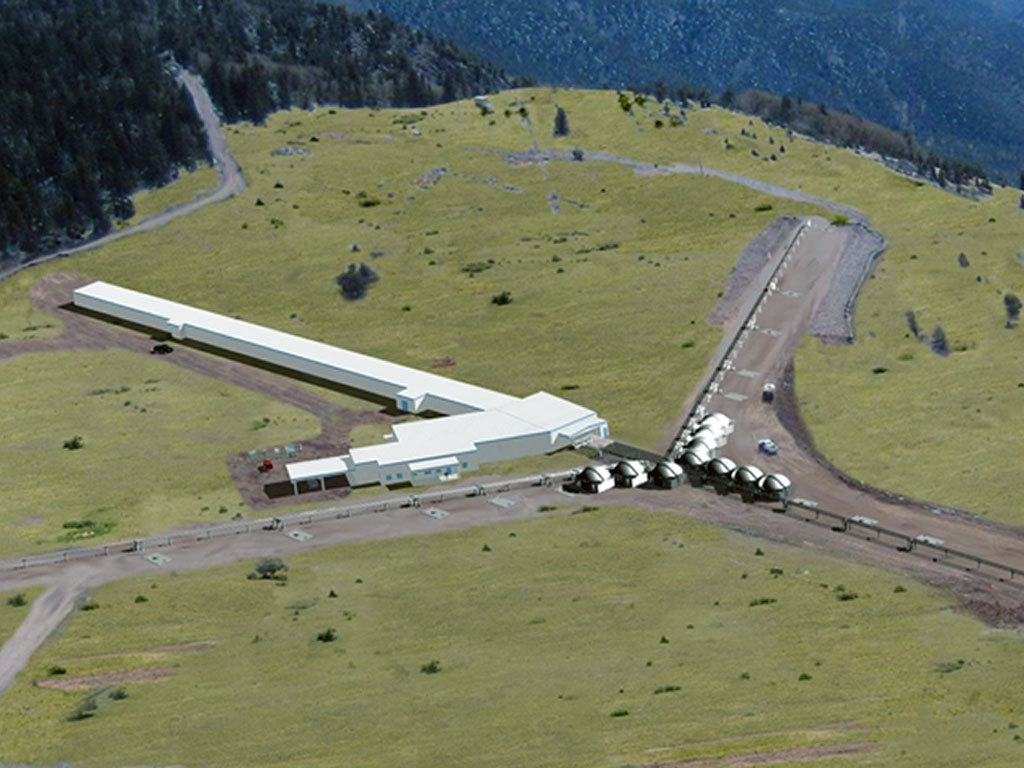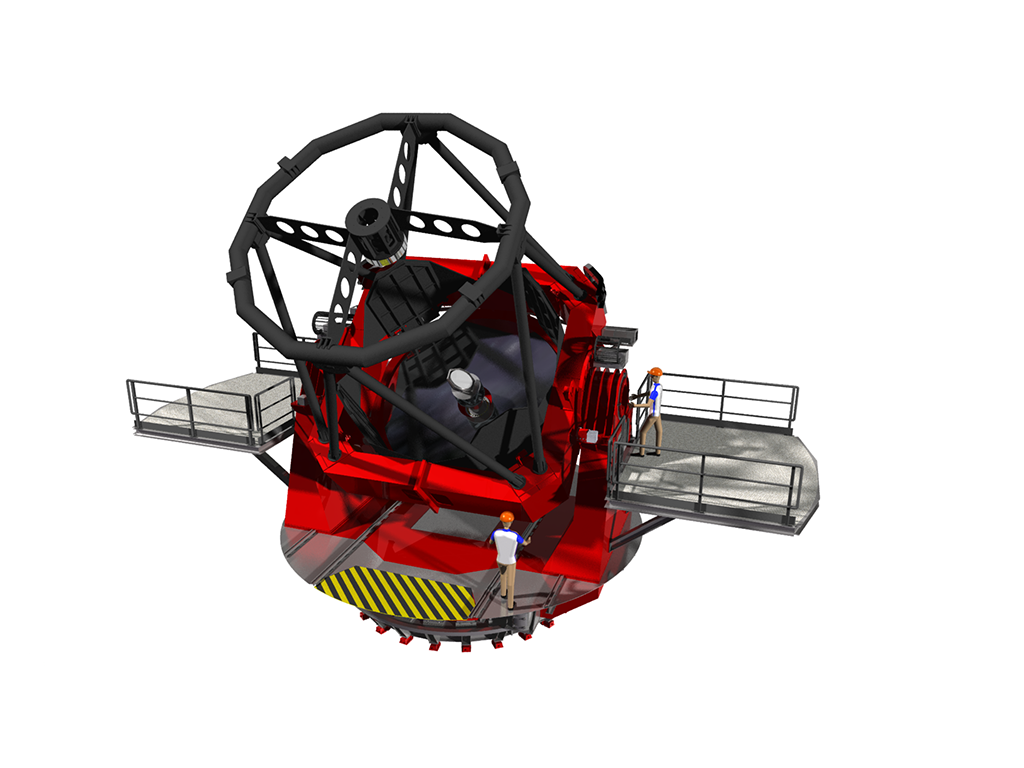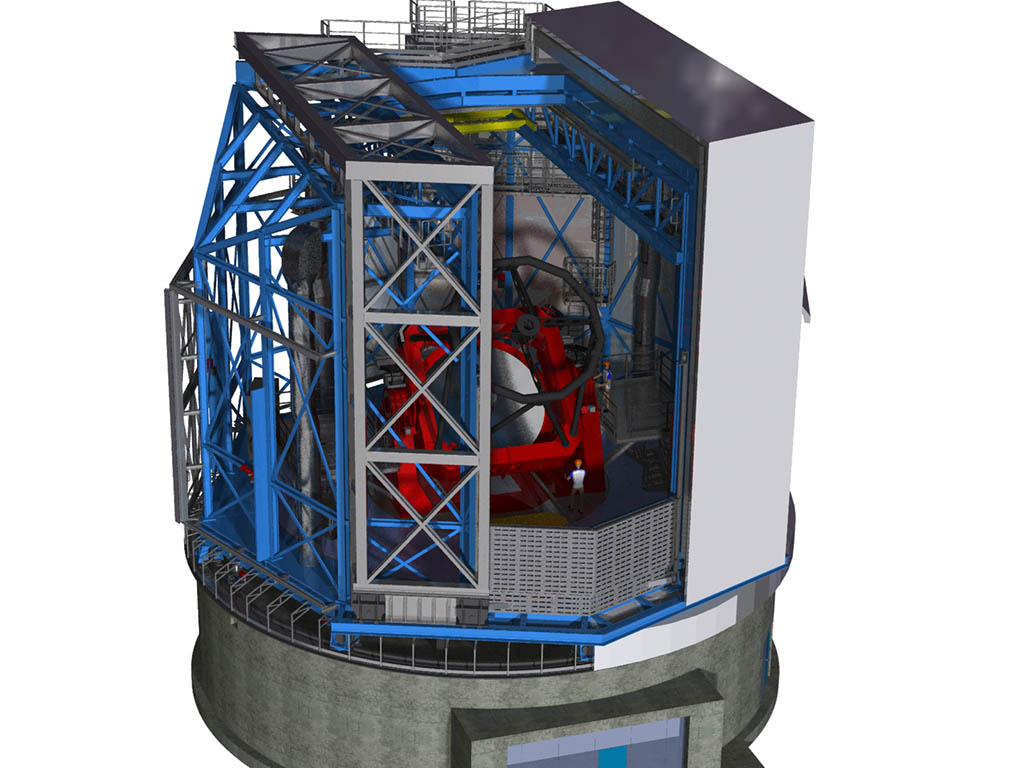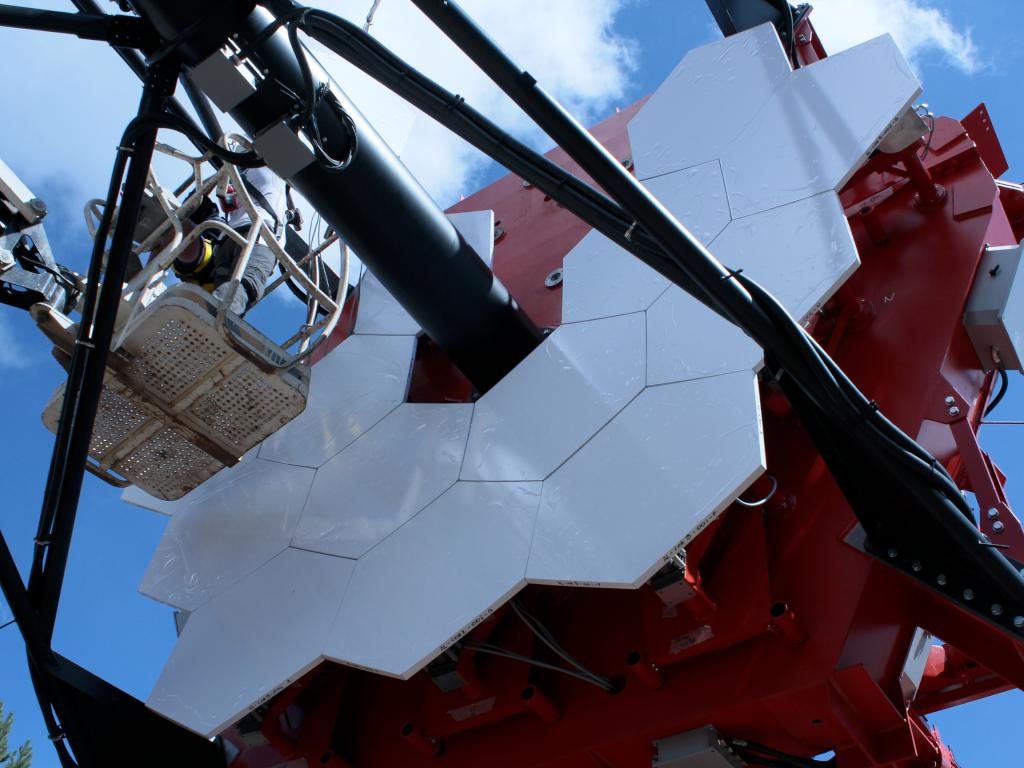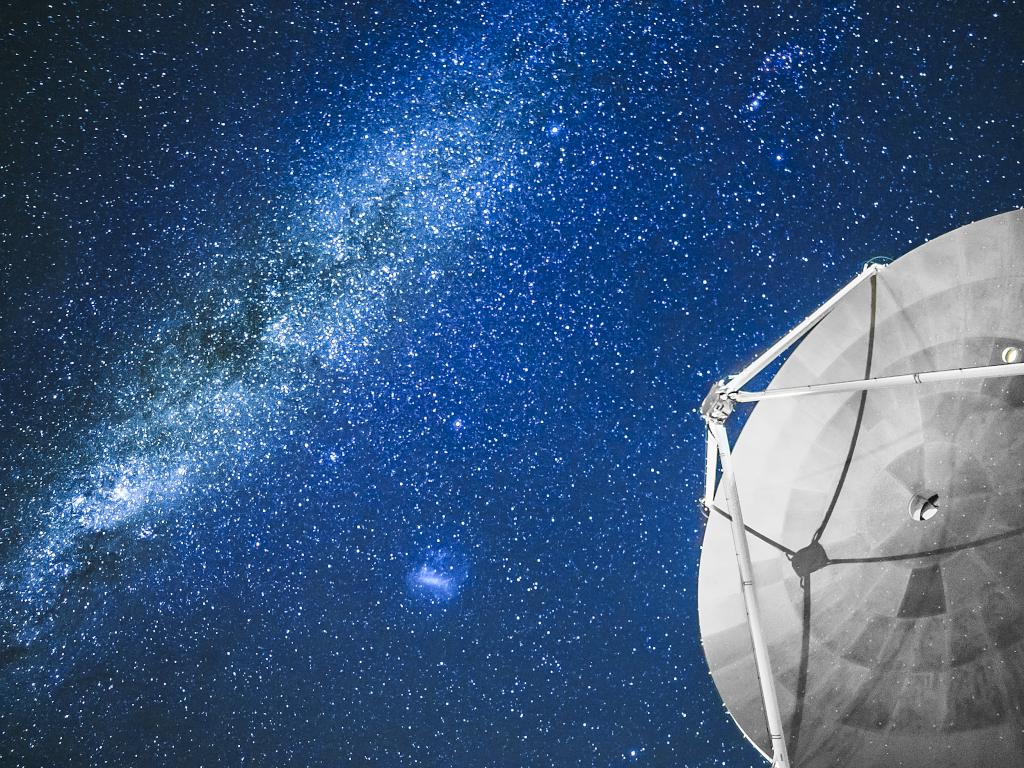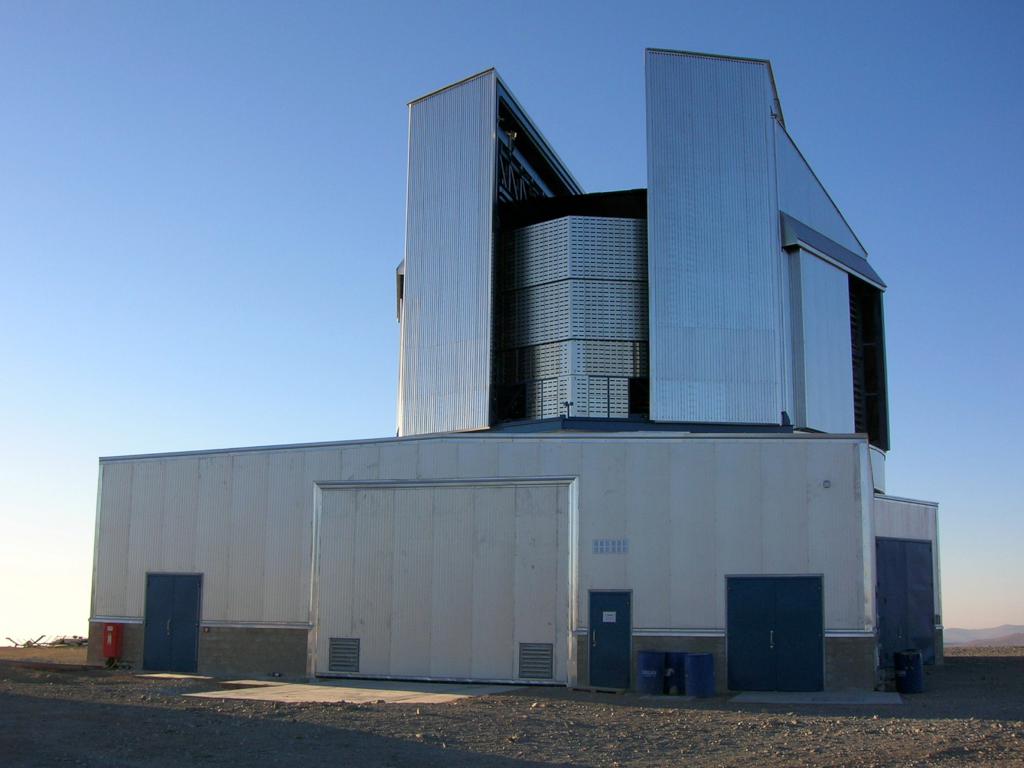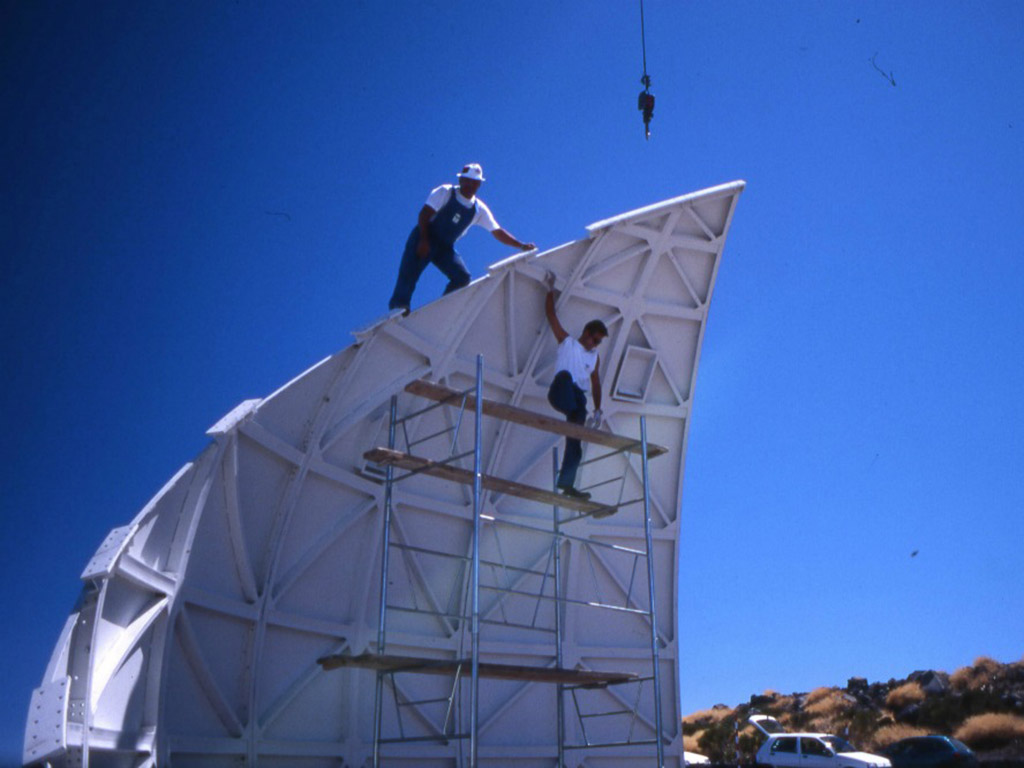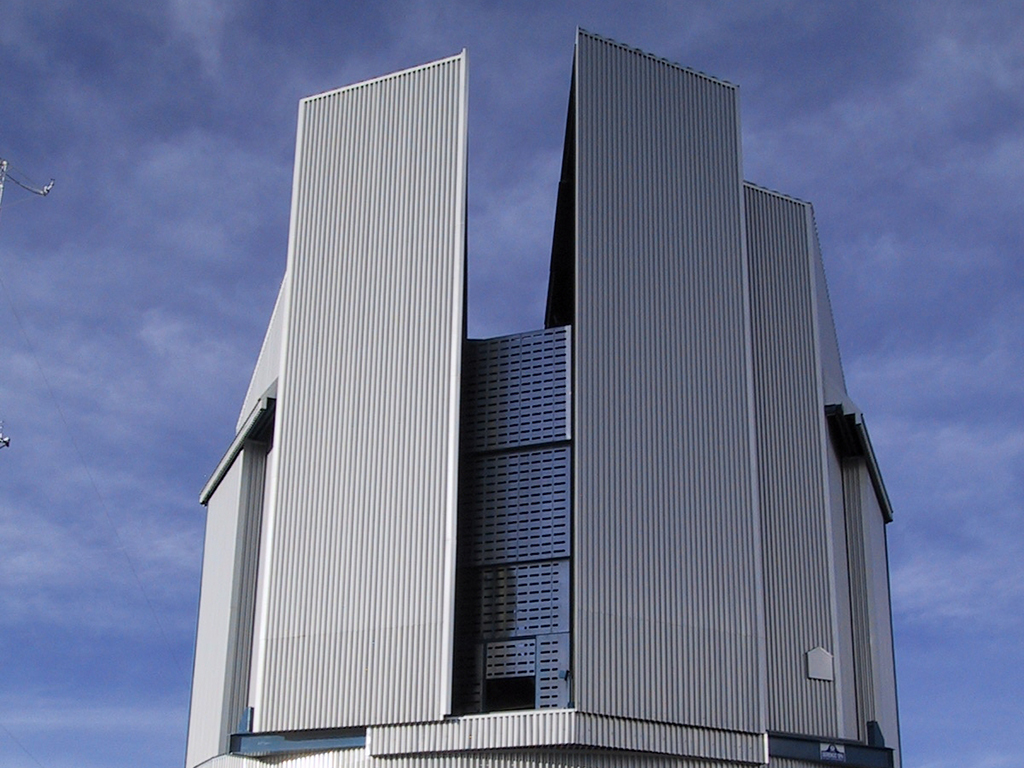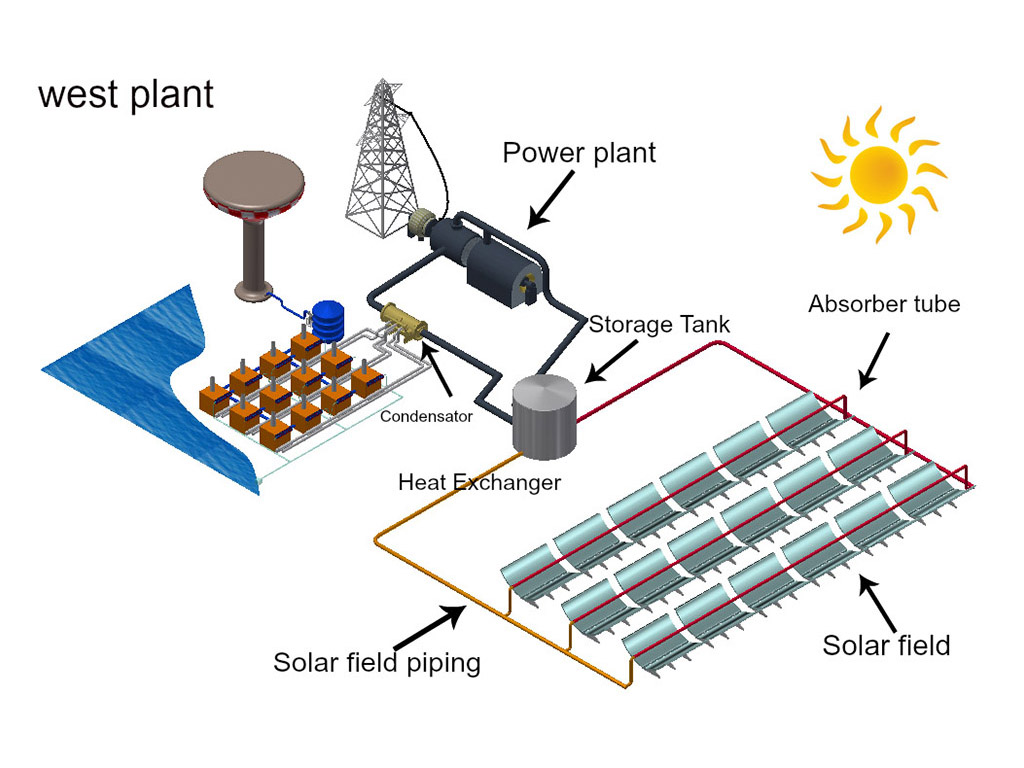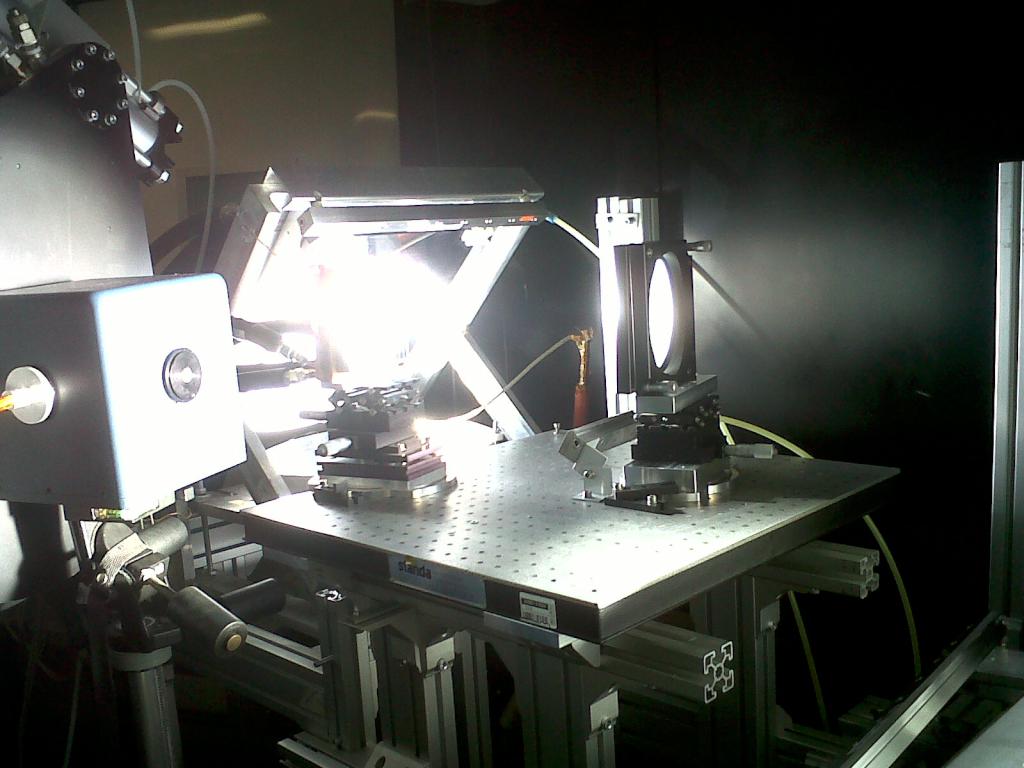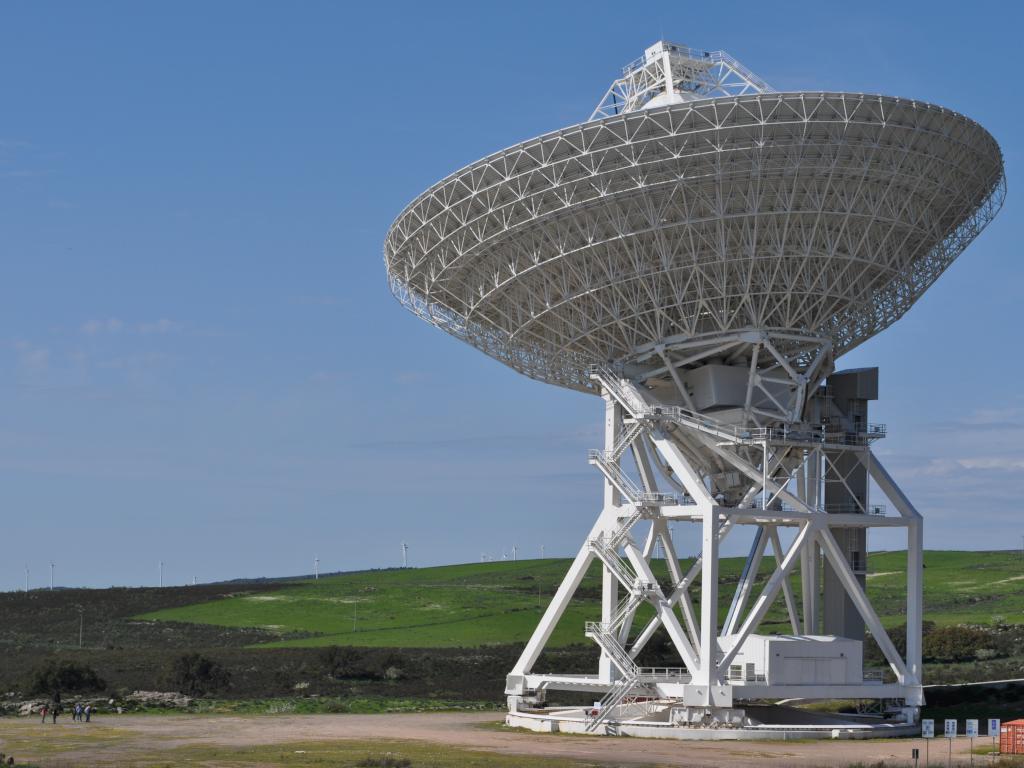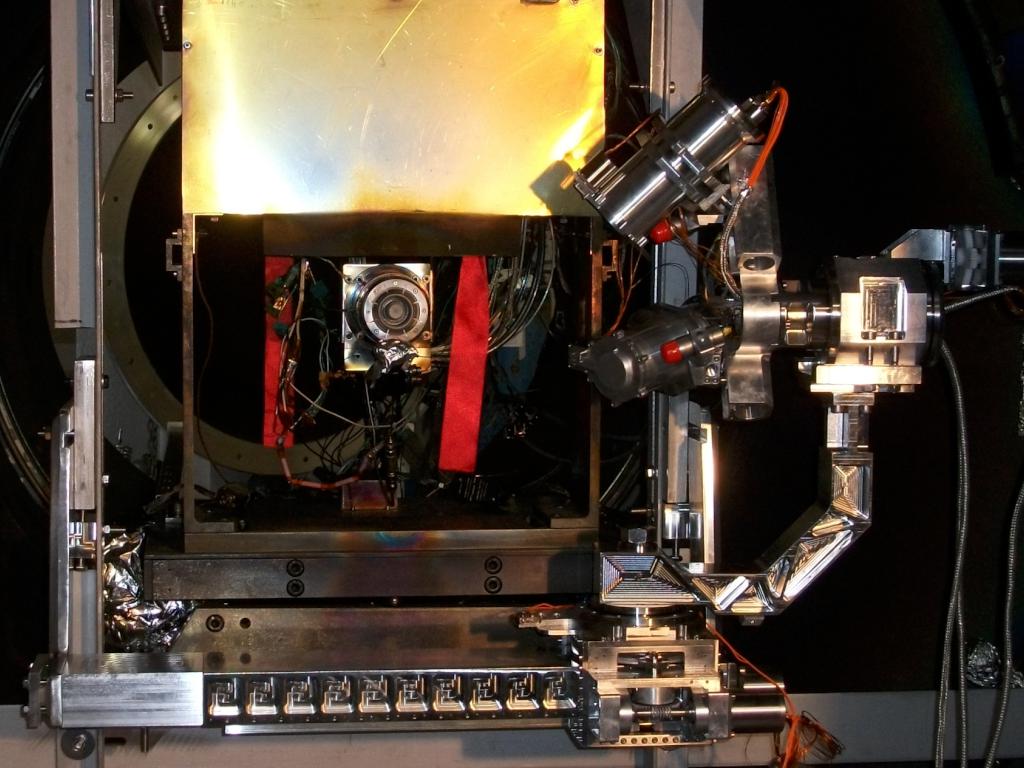TNG - Telescopio Nazionale Galileo
Site: San Miguel de la Palma – Spagna - Canarie
State: completed
Activities:
Detail Design, Manufacturing, Pre-Assembly in Europe, Packing &Transport
Partner: AIC Consortium
Date: 1993-1996
Client: INAF – Istituto Nazionale di Astrofisica
Category: astronomy
Credits: EIE GROUP - Prof. Barbieri private collection - INAF
Il Telescopio TNG
Overview
The Telescopio Nazionale Galileo is the largest optical telescope of the Italian astronomical community and it is located on the Island of San Miguel del La Palma in the Canary Islands. Since 2005 it is managed on behalf of INAF (Italian National Institute for Astrophysics), by the FGG (Fundación Galileo Galilei, Fundación Canaria).
The TNG, is hosted by the Observatory of Roque de Los Muchachos and its design derives from the similar New Technology Telescope (NTT), of ESO.
The TNG is provided with a 3.58m diameter primary mirror, with a 0.87m secondary mirror and also a tertiary one which feeds the telescope two Nasmyh foci.
The telescope is provided with a system of active optics which guarantees high image quality thanks to corrections to the deformations of the primary mirror, which is very thin and cannot be fully rigid.
Differently from the NTT, the TNG has also been equipped with an adaptive optics system which maintains the mirrors in the correct position during observation activities.
The main characteristics of the TNG Telescope:
Besides performing the study for the telescope enclosure, EIE, in consortium with the Ansaldo and the INNSE companies, provided the TNG’s telescope steel structure and was responsible for all plants and machined structures. Specifically, we designed and mounted the Coudé tubes, the AZ frame, the AZ platforms, the intermediate structure, the pedestal, the Nasmyth platforms, the drive system housing and the center piece, the Serrurier truss, the top ring and the spiders.
The telescope structure has also been equipped with a series of devices like: telescope control system, AZ auxiliary drive, EL manual drive, hydraulic brake system, encoders, EL cable wrap, AZ and EL locking pins, hard stops, stairs allowing the access between the AZ and the Nasmyth platforms, EL shutter, stop switches interlocks, UPS and electrical installations and Hard Stops.
Read Prof. Cesare Barbieri – Professor Emeritus, Department of Physics and Astronomy Galilean School of Higher Education, University of Padova – account on EIE and the TNG
prof.barbieri
The Science with the TNG:
The TNG telescope is equipped with a series of instruments which offer a variety of observing modes, covering the optical and the infrared wavelength ranges spanning from broad band imaging to high resolution spectroscopy.
The following observations are possible with the TNG:
• Observing high redshift galaxies
• Stars formation
• Solar System minor bodies studies
• Galaxy studies
• Cosmology studies
• Planets studies
Thanks to the observations performed with the TNG, scientists and astronomers have been able to detect the naftalene molecule which is one of the most complex organic molecules ever detected in the outer space and which suggests that there might have been a great number of terrestrial chemical elements present in the interstellar medium from which the solar system derives.
In 2009 the infrared data obtained with TNG allowed the observation of the furthest known Gamma-Ray Burst afterglow ever observed from the Earth.
Link to INAF TNG web page:
http://www.tng.iac.es/









